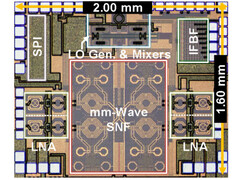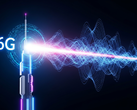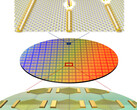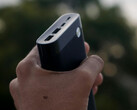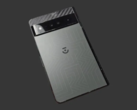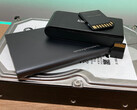Interference and overlapping signals are likely to increase in the coming years. After all, it is not just cars that are increasingly turning into radio control centers that monitor their surroundings on the one hand and want to exchange large amounts of data with other road users and central servers on the other.
The trend is no different for smartphones, notebooks and other intelligent gadgets. At the same time, the likelihood of wireless connections being disrupted is increasing, which can lead to a drop in data rates or a complete loss of connection.
An important element to prevent precisely this has been presented at MIT. A chip with ideal characteristics can achieve much better results than the existing technology by optimizing its position.
It is not the position in the smartphone or laptop, but within the circuit. The receiver, which currently has four non-reciprocal phase shifters working together, is located directly behind the first signal amplifier.
Unlike in the past, the faulty parts of a transmission are not removed later during signal processing, but basically immediately when the still analog wave signal is received.
This is precisely where the phases of the different and almost inevitably overlapping waves can be shifted until the actual received signal is free of interference. According to the study, this should work four times better than before.
The technology also has other strengths. It fits on a chip with an area of just 3.2 square millimeters, about the size of a grain of rice. In addition, the power requirement remains minimal due to the very direct approach, also because the subsequent error correction is lower. If the chip is not required, it simply switches itself off to save even more power.
Assuming that the problems of overlapping, interfering electromagnetic waves are likely to get bigger rather than smaller, adaptation to larger systems and to future 6G is already in progress. The chip should already be able to handle the necessary frequencies.
And if nothing helps, i.e. there is still no signal, just take a deep breath and switch off your smartphone.


